 Installation Pictures From The Sky: MSSI Installation in Westminster, Maryland
Installation Pictures From The Sky: MSSI Installation in Westminster, Maryland
This lovely 15.66 kW system was installed in July 2015 in Westminster, MD. Having been on-line for just over a year, this system has already produced 27.81 MWh!
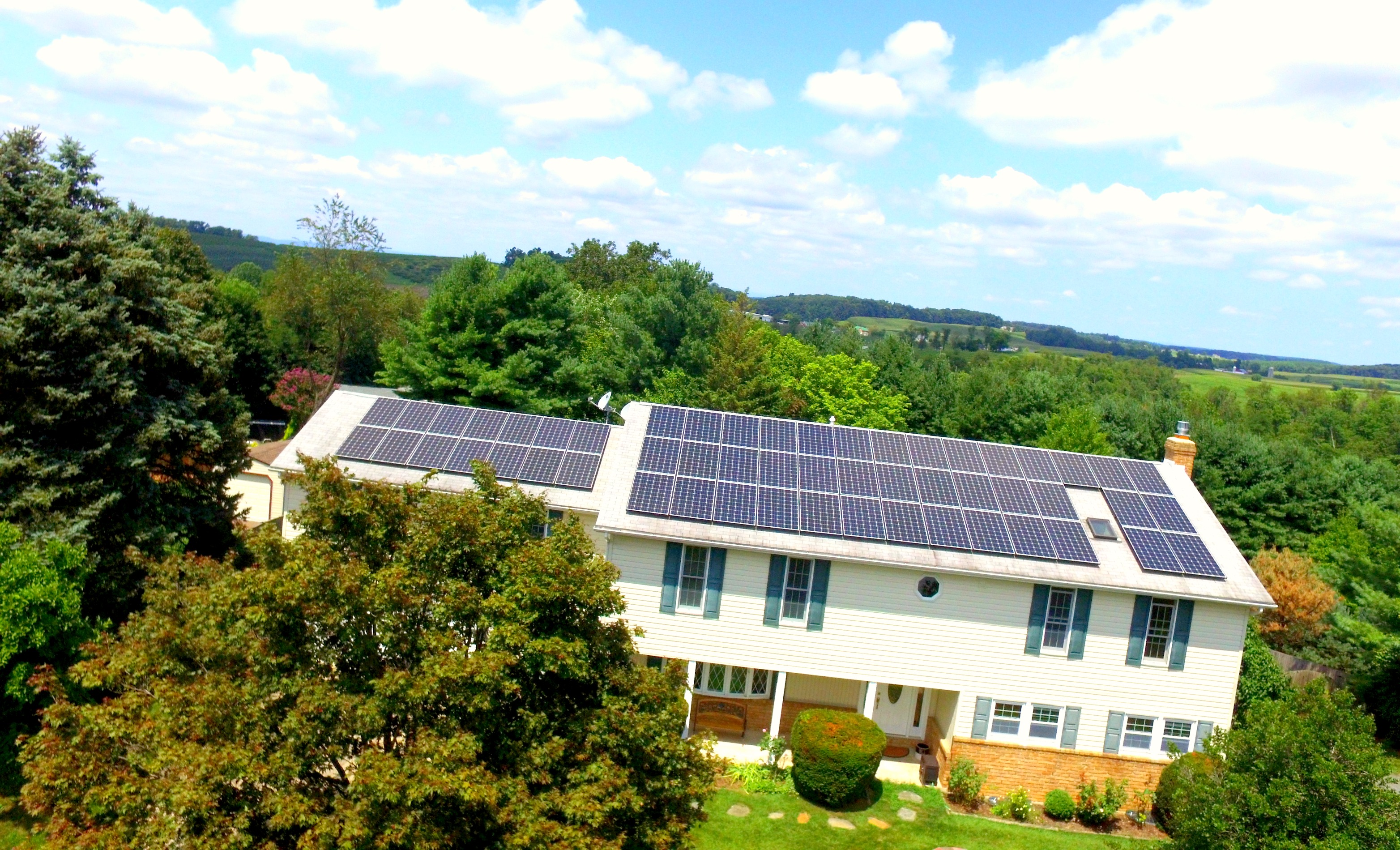
Initially looking to lease, this customer decided to install this gorgeous array instead!

 Installation Pictures From The Sky: MSSI Installation in Timonium, Maryland
Installation Pictures From The Sky: MSSI Installation in Timonium, Maryland
Online since October 2013, this 6.21 kW system has churned out a whopping 22.3 MWh, giving this homeowner of the satisfaction of saving 34,529 lbs of carbon dioxide from entering the atmosphere; equivalent to having planted 869 trees!

 Installation Pictures From The Sky: MSSI Installation in Annapolis, Maryland
Installation Pictures From The Sky: MSSI Installation in Annapolis, Maryland
After reading an article about PV solar power in the magazine Fine Homebuilding, this homeowner was inspired to look at what solar could do for him.
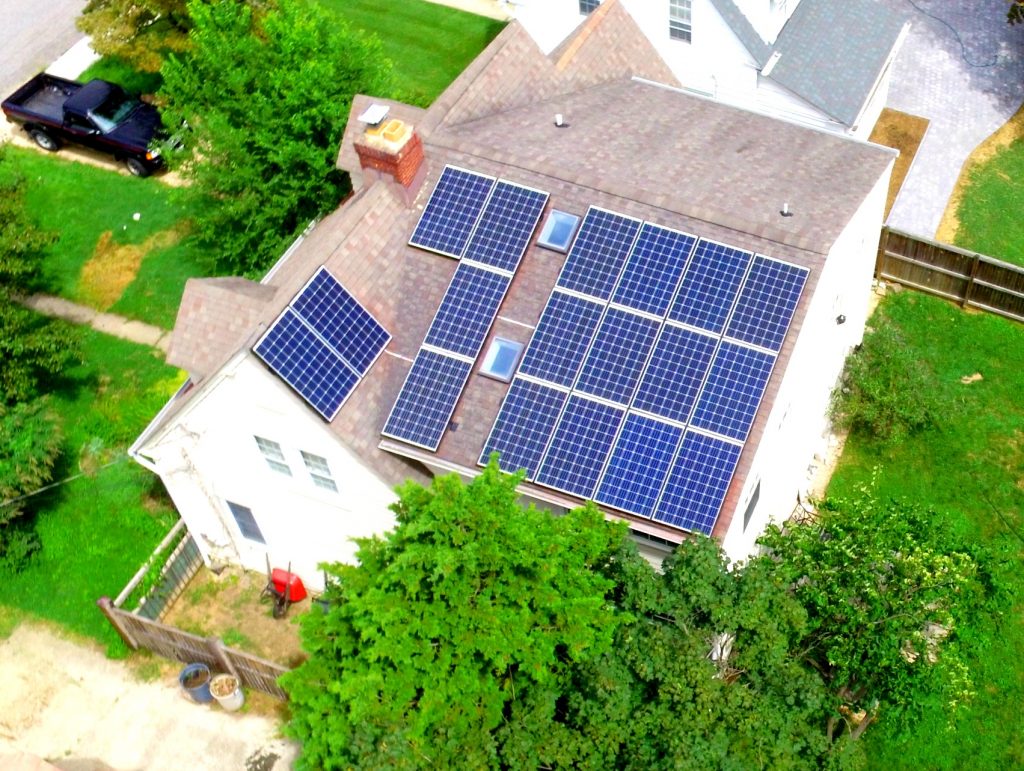
With a projected 45% coverage of his electrical usage, this 5.4 array has produced 4.4 MWh of electricity since going on-line in April 2016. Since spring this year, this array has already saved 6,921 lbs of carbon dioxide from entering our atmosphere, an equivalent to 174 trees!
 Killing Your Solar Investment with Vampire Energy!
Killing Your Solar Investment with Vampire Energy!

Standby. Vampire. Phantom energy. The same phenomena, different names, but no matter what you call it, it adds up to the same thing: energy being used to power items that you are not actively using. Needless to say, this puts an unnecessary drain on your wallet and/or PV solar array. Well, we’re here to tell you how to kill off that vampire once and for all and to further maximize your investment in solar.
What Exactly Is Phantom Energy?
There are a whole host of appliances and electronics around the house that technically remain on, even when not “on” or in use. Either they remain is standby mode, such as TV’s so that when you turn them “on” they light up and start displaying immediately; or they draw energy to power ancillary elements within the components themselves such as clocks. The EPA estimates that idle electronic devices use up to $10 billion in energy annually.
What does that look like in the home? We looked at four people in our office as examples of how vampire energy impacts our everyday lives. We based our calculations upon this handy chart that enumerates the average amount of energy needed to power electronics that are not being actively used.
Our four participants used very different kWh totals due to the different types and quantities of items used in their homes. For the sake of this example, we only counted the standby or “off” usage of electronic gadgets. The items used? Everything from cell phone chargers to laptops, coffee makers and microwaves, to TVs and cable boxes.
Here is an illustration of how much energy each person used to power unused items per year:
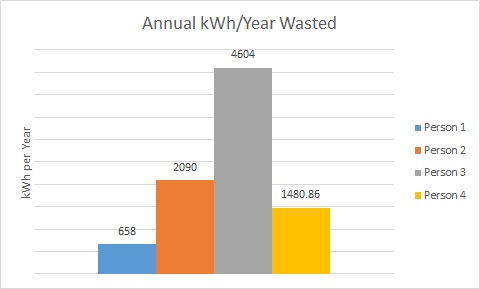
As you can see the highest phantom energy user stands to save about 4,604 kWh a year! How much are you inadvertently using? How much of your solar array is powering items you don’t need to have on? What does this look like in a dollar amount?
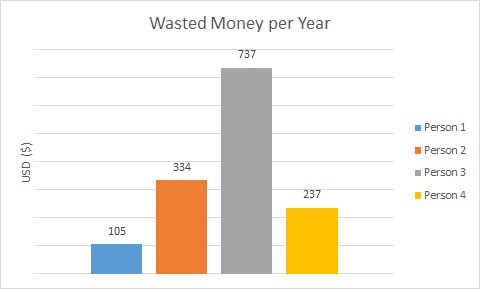
As you can see, failing to address phantom energy has the potential to sap your solar investment of life!
The Silver Bullet?
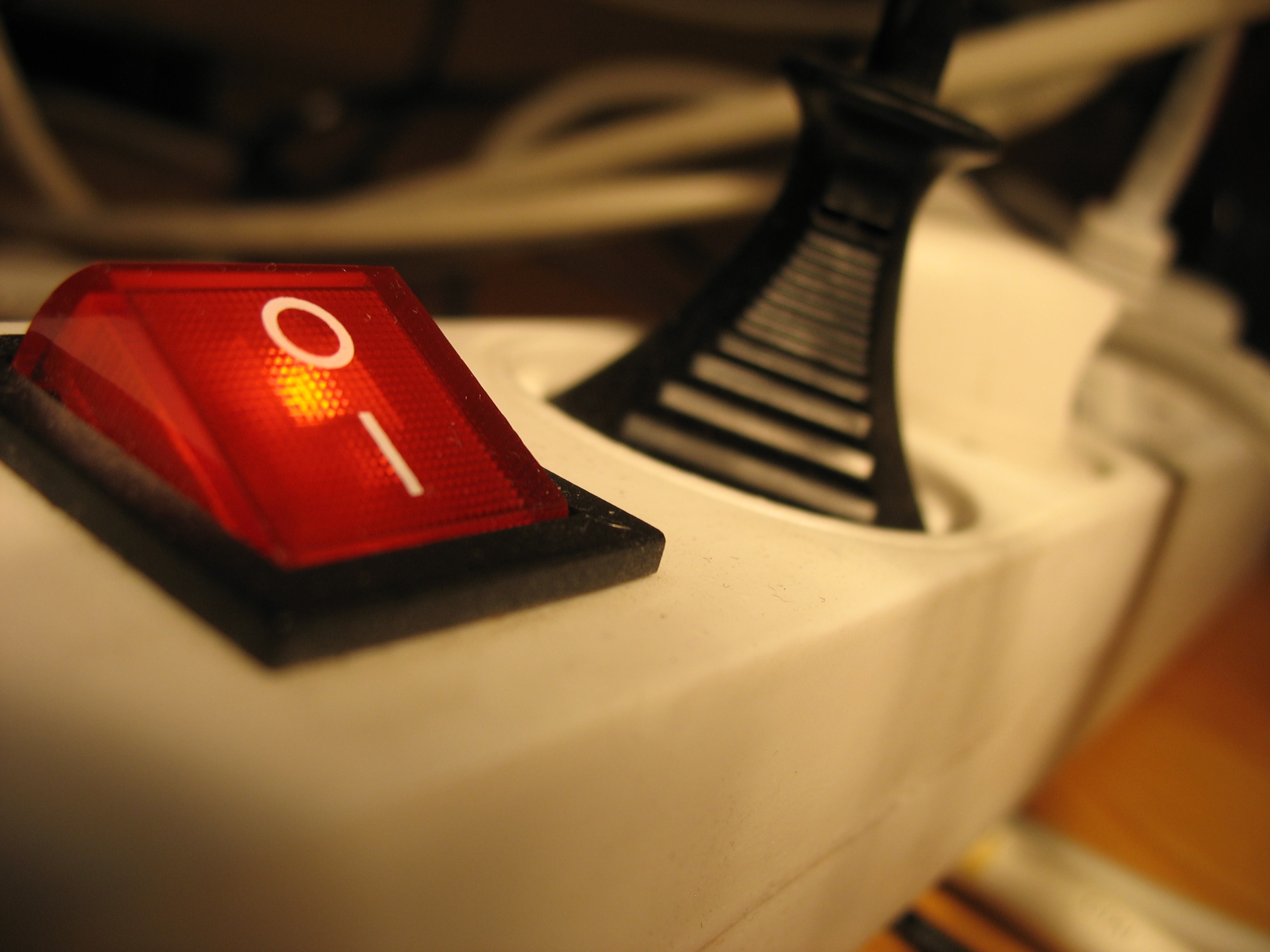
It would be a total drag to go around unplugging our gadgets individually, so instead use power strips. These are easier to place within reach and affectively ensure that all items drawing electricity are fully and effectively turned off. What’s the payoff? Faster payback and bigger bang for your buck!
We encourage you to look around your house and kill those vampires!
 Installation Pictures From The Sky: MSSI Installation in Westminster, Maryland
Installation Pictures From The Sky: MSSI Installation in Westminster, Maryland











